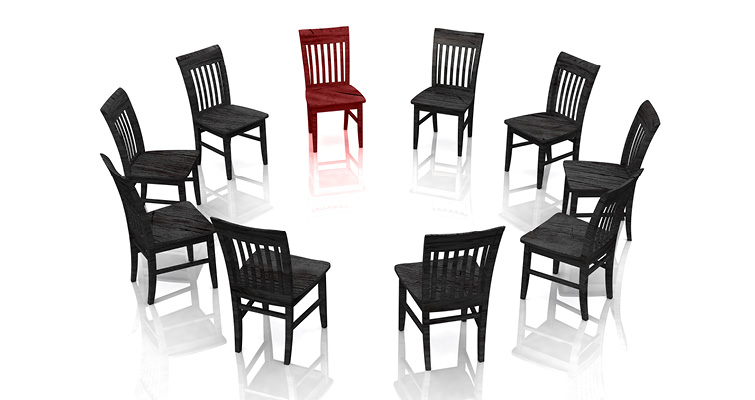
Circle Sentencing was introduced in New South Wales in 2002 to tackle the Australia-wide problem of indigenous people being over-represented in jail. Circle Sentencing introduced to improve the experience of indigenous people in the justice system by involving members of the Aboriginal community to help determine appropriate sentences, and remove the barriers between Aboriginal communities and the courts. Eight objectives were formalised, among them to ‘Reduce recidivism in Aboriginal communities’. Early reports were glowing, emphasising the community benefits and declaring that “only one person has come back” (i.e. reoffended) and soon Circle Sentencing was being introduced across the state. Evaluators at the New South Wales Bureau of Crime Statistics and Research (BOCSAR), however, knew that these claims were based on limited data, and found that in fact there was no reduction in recidivism. The Cultural and Indigenous Research Centre Australia (CIRCA) also conducted a report and found a number of positive outcomes but included BOCSAR’s findings in an appendix. While other objectives were being met BOCSAR still believed that Circle Sentencing was viable, but this new, conflicting information was already being used by opposition politicians to claim that the program was ineffective and expensive.
This case has been designed for discussion about the types and tools of evaluation and what to do with apparently conflicting information. First published in 2010, it has been updated in 2012 with additional detail about the process, and a new epilogue.
Read more:
The epilogue shows that the circle sentencing concept continues to be expanded in New South Wales, despite the lack of data showing any direct impact on reoffending or rates of crime. It adds weight to an ongoing discussion about the value and weight to be given to different types of evidence. The two-page epilogue could either be used in the latter half of a session to prompt new discussion, or be handed out at the end of the session.
- Authors: Janet Tyson
- Published Date: 2 October 2012
- Author Institution: ANZSOG
- Featured Content Length: 14
- Content Length: 8
- Product Type: Part A, Primary resources, Update
